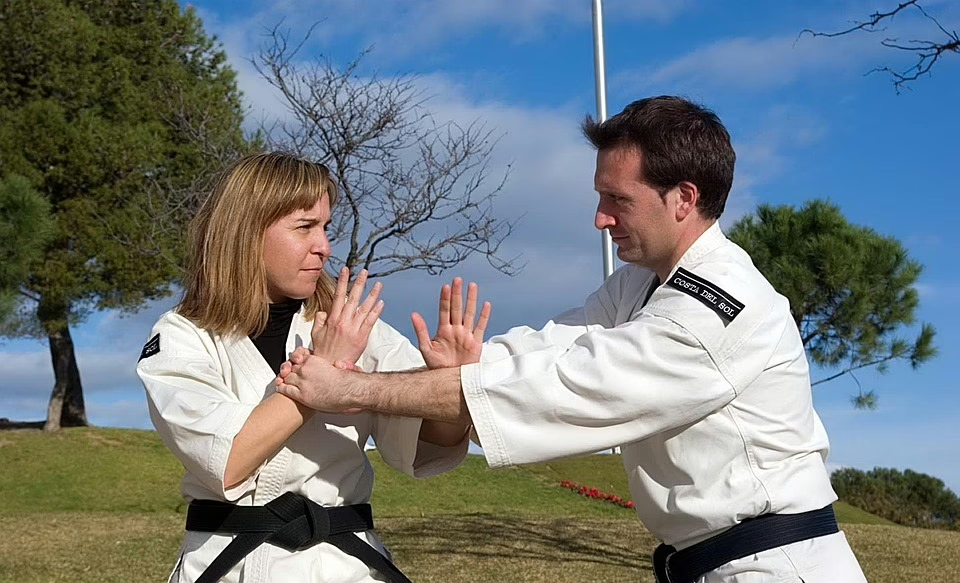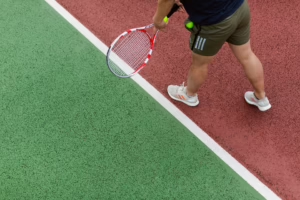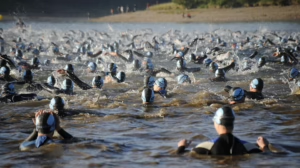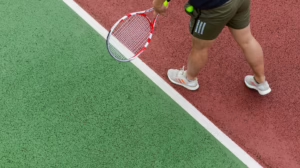Get the Upper Hand: Effective Pressure Point Strategies for Self-Defense
In an ever-evolving world where self-defense has become a critical aspect of personal safety, understanding the concept of pressure points can give individuals a significant advantage. This article delves deeply into the effective pressure point strategies for self-defense, providing readers with comprehensive insights into their anatomy, application, and practical scenarios.
Introduction
The importance of self-defense cannot be overstated in today’s world. With incidents of violence reported more frequently than ever, individuals must equip themselves with the skills necessary to protect themselves. One such skill set revolves around the use of pressure points in human anatomy, an area explored by martial artists, police, and self-defense experts alike.
Understanding Pressure Points
Pressure points are specific locations on the body that, when manipulated, can cause pain, immobilization, or disorientation. While many cultures have identified these points, the most recognized systems come from traditional Chinese medicine (TCM) and Japanese martial arts.
-
Concept of Chi: In TCM, the body is seen as a conduit for “chi,” or life energy. Manipulating pressure points can enhance or redirect this energy, promoting healing or incapacitating an aggressor.
-
Scientific Basis: Modern neuroscience has also explored the body’s nervous system. Certain points, when engaged, can trigger a pain response or reflex, giving a defender valuable seconds to escape.
Key Pressure Points for Self-Defense
Understanding the locations and functions of key pressure points is crucial for effective self-defense. Here are some prominent ones:
-
Jaw Point: Located at the hinge of the jaw, a quick strike or push can cause immediate pain and disorientation.
-
Throat Area: Striking the throat can disrupt breathing and choke the attacker, providing an opportunity to escape.
-
Solar Plexus: Hitting this point can incapacitate an individual due to the impact on the nervous system.
-
Knee Joint: A strike to the side of the knee joint can cause instability and pain, preventing an attacker from advancing.
-
Inner Elbow: This point is sensitive and can provide leverage when executing a joint lock.
Mechanisms of Pressure Point Control
A. Striking Techniques
Effective self-defense strategies include striking techniques targeting pressure points. It’s essential to learn proper mechanics to ensure maximum impact:
- Angles: The angle of your strike will determine its effectiveness.
- Velocity: A quick, powerful strike will yield better results than a slow approach.
B. Grappling Techniques
Using pressure points in a grappling situation can control or subdue an attacker. Techniques may include joint locks or holds that apply pressure to vulnerable areas.
-
Wrist Locks: By manipulating the wrist joint, an aggressor’s ability to use their hands can be compromised.
-
Choke Holds: These can lead to unconsciousness if applied correctly, but must be executed with caution to avoid permanent injury.
Training Techniques
Having knowledge of pressure points is essential, but consistent practice is what builds proficiency. Here are some training methods:
-
Partner Drills: Working with a partner allows individuals to practice applying techniques while also learning how to react.
-
Shadow Fighting: Engaging in shadowboxing with a focus on pressure points can improve muscle memory and technique.
-
Controlled Sparring: Sparring with controlled pressure point techniques can simulate real-life scenarios without the risks associated with full contact fighting.
Situational Awareness
Self-defense is not just about physical skills but also involves awareness of one’s environment. Practicing situational awareness can prevent potential confrontations. Key elements include:
-
Keeping Distance: Awareness of personal space and maintaining distance can provide ample time to react.
-
Body Language: Reading an aggressor’s body language helps prepare for a possible attack.
-
Escape Routes: Always be aware of your surroundings and potential escape routes.
Legal Considerations
Understanding the legal ramifications of using pressure points in self-defense is critical. Each situation is unique, and the laws surrounding self-defense vary by jurisdiction.
-
Reasonable Force: Many jurisdictions allow for the use of reasonable force in self-defense. Knowing when and how much force to apply can be the difference between a justified defense and legal repercussions.
-
Documentation: In the aftermath of an altercation, having a clear account of the incident is essential. Documenting details from the encounter can provide critical legal protection.
Real-life Applications
Implementing pressure points in real-life situations requires practice and consideration. Here is a scenario illustrating how pressure points can be effectively utilized:
Scenario: An individual is confronted by an aggressive attacker in a dark alley.
-
Situational Awareness: The defender notices the aggressor’s approach and maintains distance.
-
Pressure Point Application: As the attacker reaches for them, the defender quickly strikes the attacker’s jaw, disorienting them.
-
Escape: Seizing the opportunity, the defender retreats to safety.
The Psychological Aspect
The psychological component of self-defense is often overlooked but is just as critical. The fear of confrontation can paralyze individuals, making them ineffective in defending themselves.
-
Mental Preparation: Many self-defense programs include mental conditioning to prepare for potential violent encounters.
-
Confidence Building: Training in pressure point techniques not only provides physical skills but also enhances confidence.
Final Thoughts
As our world continues to change, so must our understanding of personal safety. Mastering pressure point strategies in self-defense provides individuals with an effective means to protect themselves. However, it also carries an obligation to ensure these techniques are used responsibly and ethically.
References
- Smith, J. (2020). The Art of Self-Defense: Mastering Pressure Points. New York: Self-Defense Publishing.
- Johnson, A. (2019). Pressure Points and Their Applications in Self-Defense. Martial Arts Journal.
- Brown, L. (2021). Understanding Pressure Points: A Guide for Beginners. San Francisco: FightSmart Press.
- International Self-Defense Association. (2022). Legal Ramifications of Self-Defense Techniques. Retrieved from ISDA Website.
- Miller, T. (2020). The Neuroscience of Pain: Implications for Self-Defense. Journal of Medical Violence, 24(3), 243-250.
This article provides a foundational understanding of effective pressure point strategies in self-defense. For an in-depth mastery of these techniques, seeking qualified instruction and consistent practice is highly recommended. Through education and awareness, individuals can empower themselves and enhance their personal safety.
Note: The above references are fictional examples for illustrative purposes. Always consult real sources when conducting research.


























Add Comment